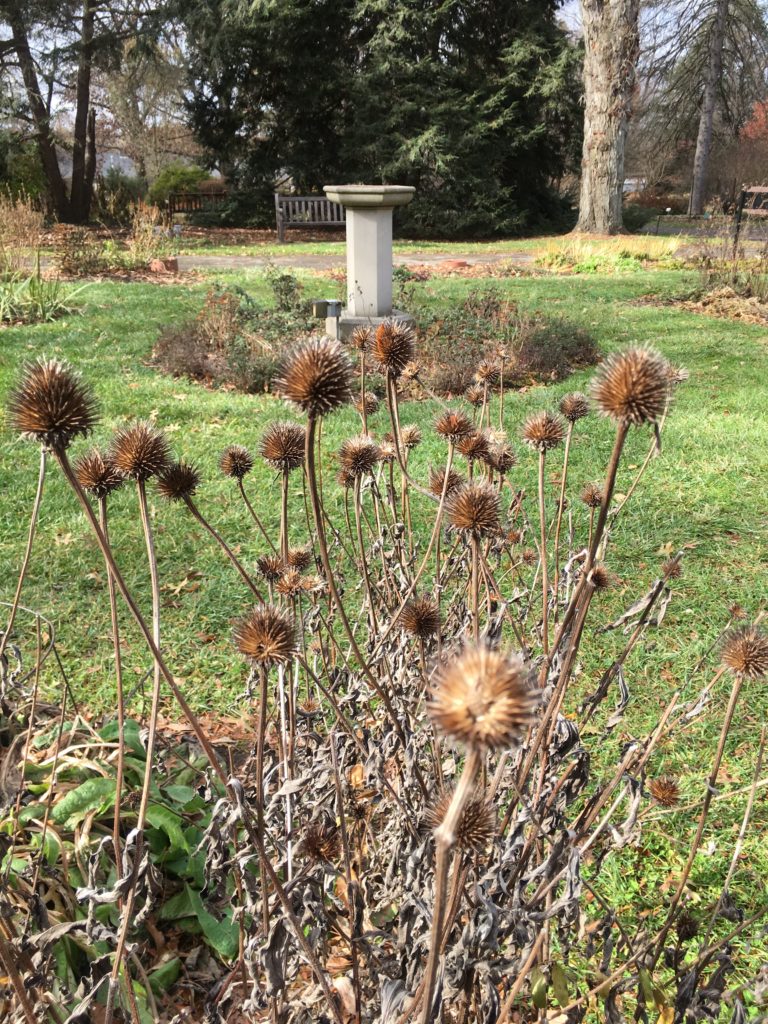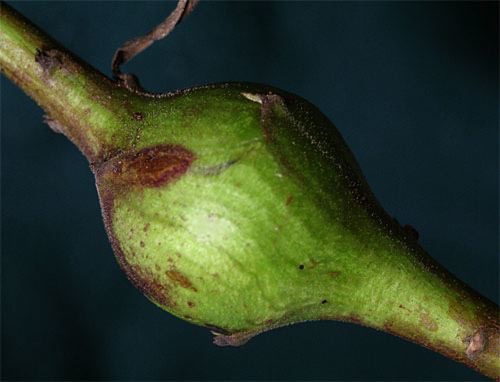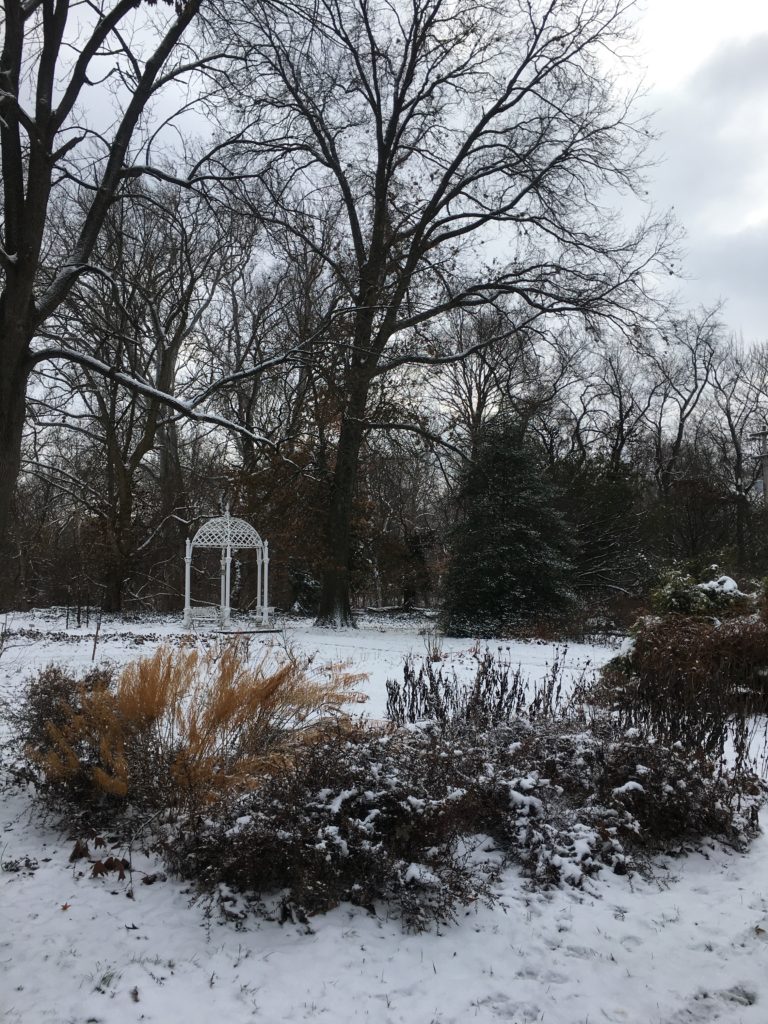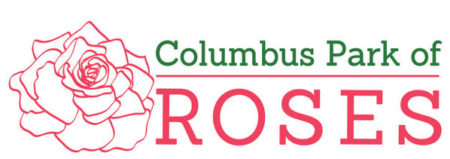Some visitors to the Columbus Park of Roses may notice that the Perennial Garden and Herb Garden no longer cut all plants to the ground after a hard frost. When this volunteer first began working in the Perennial Garden in 2007, practices were different. At that time, horticultural wisdom was to prepare the garden for winter by cutting dried plants to the ground.
Today, there is broad agreement that having a “messy” garden in the winter benefits wildlife. There are a number of reasons for this. The Habitat Network (yardmap.org) and National Audubon Society agree that taking a laissez-faire approach to gardening in the fall is beneficial to birds and insects in the following ways.

Seedheads on dried plants provide food for many song birds in the winter. For example, you may have noticed the seedheads of the purple coneflower (Echinacea purpura) were left standing in the gardens. Many of the seeds have been eaten by this time of year. Goldfinches, nuthatches, chickadees, cardinals and sparrows use this food source.
Other Ohio native flowers that provide edible seeds for birds include goldenrod (Solidago), asters (Asteraceae), sunflowers (Helianthus) and Black-eyed Susan (Rudbeckia). Native grasses such as little bluestem (Schizachyrium scoparium) are yet another food source.
Have you ever noticed galls on the stems of plants? Goldenrods often have galls. Galls are formed when an insect lays eggs on the plant which responds by increasing cell growth around the eggs. This woody protective covering keeps the larva safe. Galls are homes over the winter for insects such as the incubating goldenrod gall fly, native wasps or beetles. These galls often are found by hungry birds and provide a nutritious treat for them during winter.

Messy gardens also provide an inviting habitat for insects such as native bumble bees, mason bees, leafcutter bees, etc. Some find refuge under dried leaves or yard debris, and others nest in cavities or hollowed out stems and decomposing logs. These insects, of course, also provide needed food for birds. You may see birds rummaging through leaves in search of such food.
Amazingly, some butterflies use our Ohio gardens to overwinter. Central Ohio species such as the mourning cloak, the question mark, eastern comma and Milbert’s tortoiseshell overwinter as adults. They require thick piles of leaf litter, a chunk of tree bark or cavity to survive. Others such as the swallowtail and sulphur overwinter as pupa in their chrysalis on a leaf or somewhere on the ground and emerge in the spring.
Other butterflies such as the red-spotted purple, the viceroy and the meadow fritillary in their caterpillar stage wrap themselves in the leaf of their host plant where they overwinter. They are hard to spot, but the caterpillar stays protected and in deep sleep until spring arrives.

It is important to allow leaves to remain in the garden throughout the winter. At the Columbus Park of Roses, we keep the leaves off the grass but let them remain in the Perennial and Herb Garden beds throughout the winter.
We delay garden clean-up until we’ve had several 50 degree days in spring when overwintering pollinators begin to “wake-up.” It is only then that we rake the leaves off the garden beds. When possible, we keep some of the leaves on the beds in less visible areas so that they can break down and nourish the soil.
Many of our volunteers use these same practices in our home gardens. You can as well!
